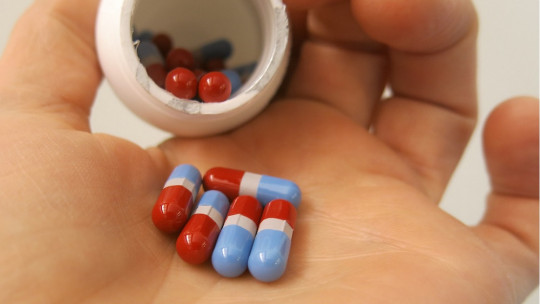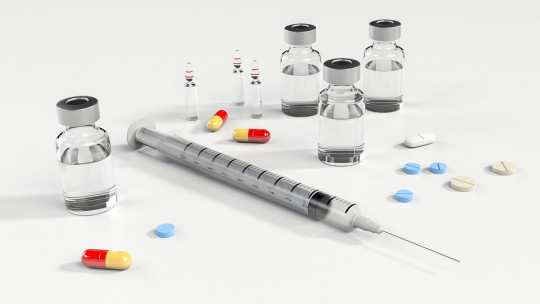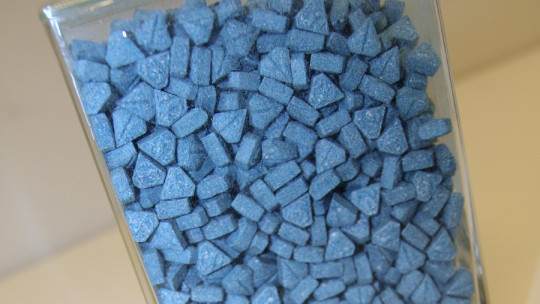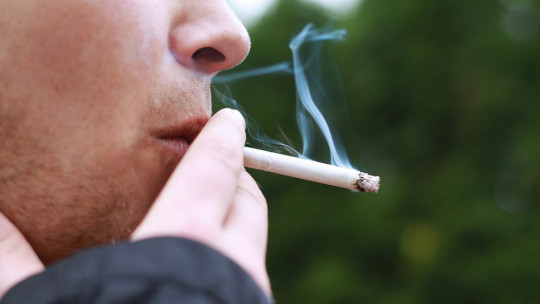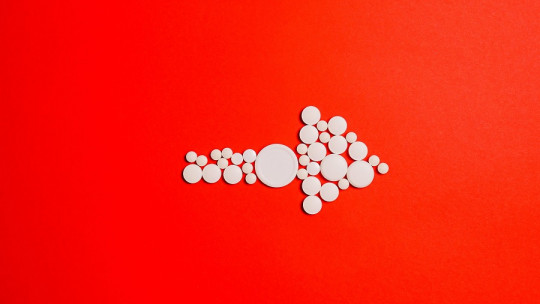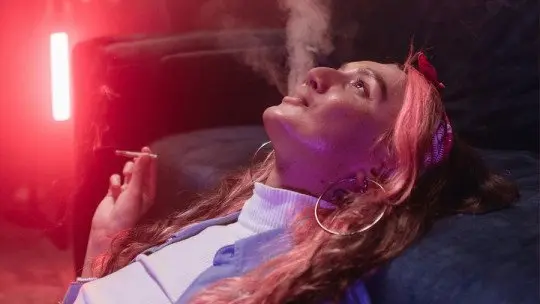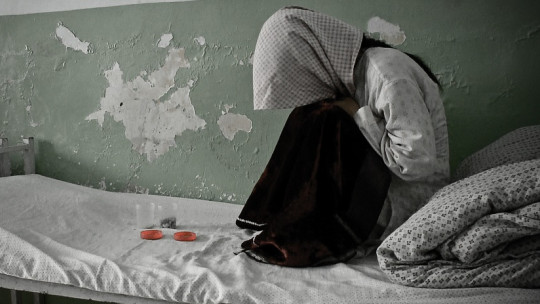
The consumption of psychoactive substances, if done more or less frequently, ends up causing the body to generate tolerance to said substance. This means that to achieve the same effects as at the beginning, the administered dose must be gradually increased, or consumption spaced out so that the body gets used to working without it.
If the body stops consuming or continues with doses that no longer have an effect, some type of withdrawal syndrome tends to appear that causes a variable level of discomfort and suffering, appearing an intense desire to consume the substance in question. It’s about craving
What is craving?
We understand craving as the sensation of imperative and urgent need to carry out a certain activity, the absence of which generates anxiety In the case of drugs, it refers to the intense desire to obtain and consume the substance in question that generates it. This desire does not have to find a behavioral correlate, that is, it does not have to provoke an action that leads to consumption.
This wish occurs in subjects who have or have had dependence on a certain substance, forming an important part in maintaining the addictive process. It can be activated by the presence of stimuli previously associated with the consumption of the substance, by stressful events and even by the absence of sufficient stimulation.
The craving can appear even in individuals who have stopped consuming Generally, it can be actively present up to two years later, although it is usually much more intense in the period between the month and the first year after stopping consumption. This without taking into account the existence of falls and relapses.
Causes and contexts of appearance
The craving for drug use It is usually associated with the need caused by the abstinence of this, but this reason is only one of those that exist. Some of the main moments in which craving appears are the following.
1. Withdrawal syndrome
Withdrawal from a substance to which the body and mind have become accustomed can be very hard.
If the withdrawal of consumption occurs abruptly, too quickly or inadequately, various symptoms of varying danger frequently appear. Even if this occurs in a planned and correct manner, the decrease in consumption or the failure to increase in order to feel the effects can cause discomfort, frustration, anxiety and even aggression and under control in the subject. And even if the subject does not try to disengage, the progressive increase in the body’s tolerance towards the drug causes the need for increasingly greater consumption, generating discomfort if it is not achieved.
In all these circumstances, craving frequently appears, with the purpose of avoiding or reducing the discomfort associated with non-consumption.
2. Stimulate conditioning
Drug use usually occurs in a specific context. Places, activities and even people are associated with the fact of consuming over time
This means that, in the long run, coming into contact with certain types of stimuli causes an elicitation of the consumption response, causing craving to appear in the face of said stimuli, people or situations.
3. Seeking pleasure/avoiding displeasure
Many drug users start using because it generates pleasant sensations or to escape from problems concrete. Even if there is no physiological need as in the case of abstinence, a strong desire to consume may appear in situations of vital suffering, dejection or simple boredom. Sometimes it also appears as a way of trying to enhance a rewarding experience, as happens with sex or food.
Possible explanations for the craving for consumption
The causes of this phenomenon have been explored and studied by numerous authors and schools of thought. Some of the possible explanations offered are the following.
Neuropsychological explanation
At a neurobiological level, craving seems to be caused by the adaptation of the nervous system to the substance. The dependent subject who stops using keeps different brain mechanisms altered, such as the brain reward system and the transmission of hormones such as dopamine, serotonin and endorphins
When consumption ceases or is not produced to a sufficient extent, the body is altered by the absence of familiar elements. This causes intense discomfort that is associated with the missing substance, with which the persistent desire to consume it appears. Over time, if consumption does not occur, the brain returns to a normal state, so the need will not be as high.
Explanation according to conditioning
Another explanation can be found in conditioning.
On the one hand, we can observe typical components of classical conditioning, which in this case would cause a link between consumption and elements of the environment, so the presence of said elements will evoke consumption. Thus, a desire is provoked repeat the experience before the stimulation linked to it
On the other hand, from operant conditioning it can be established that the positive consequences of consumption and its persistent experimentation act as reinforcement for consumption itself while generating the expectation of continually obtaining the same reward and in the same intensity. In its absence, the response of repeating consumption is generated in order to achieve the same effects.
The cognitive perspective of craving
A more cognitive view states that craving is mediated by the person’s own expectations and self-efficacy beliefs with information processing being a main element to explain it.
One of the most popular cognitive-behavioral models in explaining craving is the double affection model, which points out that craving comes on the one hand from the aversive emotional state that causes the withdrawal syndrome or unpleasant events and on the other from the positive emotional state generated by the consumption of the substance. The events and stimuli in the environment generate the activation of the network of responses and cognitions that are linked to the appetitive effects of the drug and the aversive effects of its absence.
Another possible explanation is found in the cognitive processing model, which stipulates that in drug-dependent people the habit of consumption has become automated, requiring effort to not consume. From this perspective, craving is a non-automatic process caused by the effort not to consume.
Craving in addiction treatment
Treat substance dependence It is a difficult and lengthy process which can be influenced by very diverse factors such as the type of treatment applied, the individual’s experiences during the period of time in which it is carried out or the perceived social support.
In this process, abstinence will cause deep suffering in the person being treated suffering that will very powerfully generate the desire or desire to consume again: craving.
Craving is one of the main causes of fall (consuming on one occasion but without necessarily reinstating the habit) and relapse (in which the consumption habit is recovered), which must be especially taken into account when when establishing treatment programs. It is because of that It is essential to develop relapse prevention programs during any treatment.
In order to prevent it, it is necessary first of all inform and educate the patient in that the desire to consume is normal and that the fact that craving appears does not imply that consumption will occur.
It is also useful to take into account the type of stimuli that facilitate consumption or provoke the desire to do so, in order to avoid them or learn to cope with them adaptively without resorting to consumption. Strengthen and empower the patient as well as restoring your sense of control and giving you tools and strategies to manage stress and resist craving, is another useful strategy to apply.



